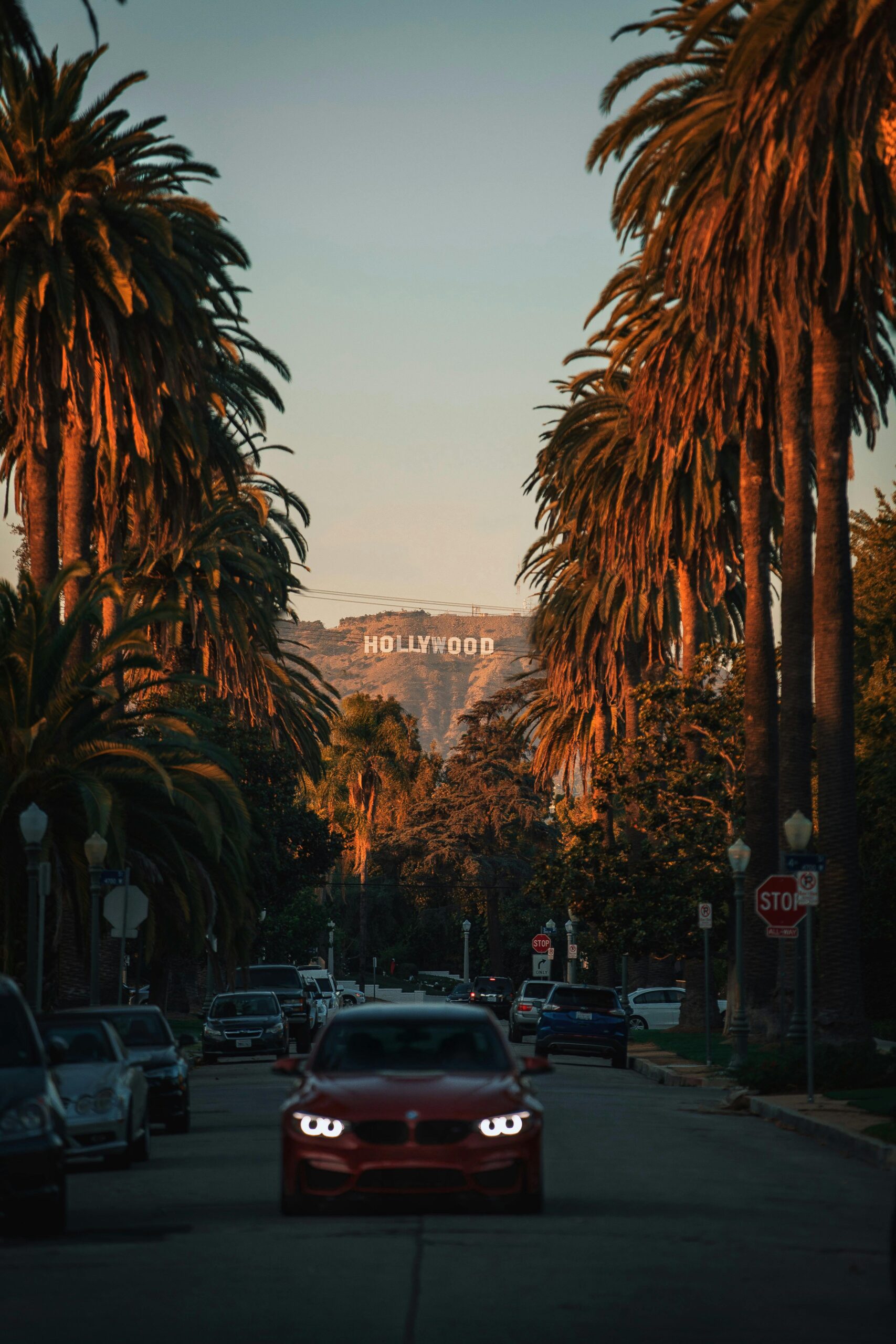America the Beautiful PDF: History, Significance, and Practical Uses
America the Beautiful is more than just a song; it’s a symbol of national pride and unity. This iconic anthem has resonated with millions of Americans for generations, evoking a sense of patriotism and belonging. In this article, we will explore the history, lyrics, and various practical uses of “America the Beautiful,” providing a deeper understanding of its cultural impact. Whether you’re a history buff or simply curious about this patriotic piece, you’ll find valuable insights here.

Understanding the Fundamentals of America the Beautiful
“America the Beautiful” was written by Katharine Lee Bates and composed by Samuel A. Ward, first published in 1895. The song quickly became a symbol of American patriotism, reflecting the vast landscapes and the ideal of liberty that the country represents. Understanding the roots of this song helps to appreciate its relevance today and its significance in American history.
The lyrics of “America the Beautiful” express a longing for a prosperous, free, and united nation. Its words capture the essence of the American spirit, from its natural beauty to its people’s enduring sense of pride. The song’s message continues to resonate with those who are deeply connected to the country’s ideals.
1.1 The Lyrics and Their Meaning
The first stanza of “America the Beautiful” is particularly famous, describing the “spacious skies,” “amber waves of grain,” and “purple mountain majesties” of the country. These words not only depict the physical beauty of the United States but also symbolize the country’s vast potential and the ideals of freedom it represents.
Over the years, the lyrics have become a part of many national celebrations, including Independence Day and Memorial Day, serving as a reminder of the country’s beauty and strength. The song emphasizes the importance of unity and progress, making it relevant even today.
1.2 The Evolution of “America the Beautiful”
Since its inception, “America the Beautiful” has undergone several iterations and adaptations. The song was originally considered as an alternative to the national anthem, “The Star-Spangled Banner,” but it gained recognition as a powerful patriotic song in its own right. It has been performed in various arrangements, including choral and orchestral versions, and continues to be a staple in American cultural celebrations.
The song has also been covered by numerous artists across genres, each adding their personal touch. This evolution showcases the song’s enduring appeal and adaptability to different musical styles and cultural contexts.
Practical Implementation Guide
Knowing the history and meaning of “America the Beautiful” is only the beginning. In this section, we’ll discuss practical ways to incorporate this patriotic anthem into various settings, whether you’re planning a national event, school program, or simply want to enjoy the song in your own home.

2.1 Actionable Steps for Including America the Beautiful
- Step 1: Obtain the official lyrics and music sheet of “America the Beautiful” in PDF format. This can easily be found on various educational websites or music resources.
- Step 2: Familiarize yourself with the song’s structure and melody. Practice the lyrics and music to ensure a smooth performance in front of an audience.
- Step 3: Plan an appropriate time and place for the performance. This could include events such as Fourth of July parades, Memorial Day observances, or school programs celebrating American history.
2.2 Overcoming Challenges
While “America the Beautiful” is widely known, performing it can come with some challenges. Here are a few common obstacles and their solutions:
- Challenge: Difficulty in reading sheet music. Solution: Consider using a simplified version or audio guide to familiarize yourself with the music.
- Challenge: Lack of vocal or musical performance skills. Solution: Practice in a group setting or with a choir to build confidence and improve your performance.
- Challenge: Unfamiliarity with the song’s historical context. Solution: Take time to learn about the history of the song and its cultural significance to better connect with its meaning.
Advanced Applications of America the Beautiful
Beyond traditional performances, “America the Beautiful” offers various advanced applications. In this section, we’ll explore how you can use this anthem in more creative and innovative ways.

3.1 Integrating the Song into Modern Media
In the digital age, “America the Beautiful” has found its place in modern media, including movies, advertisements, and documentaries. Its powerful message resonates in various contexts, often serving as a backdrop to scenes of national significance. Directors and advertisers can use the song to evoke strong emotions and connect audiences with American values.
For example, the song’s inclusion in patriotic-themed movies or commercials can inspire a sense of unity and pride, even among global audiences. By integrating the song with cutting-edge media techniques, filmmakers can enhance their storytelling while honoring American culture.
3.2 Organizing National Tribute Events
“America the Beautiful” also plays a significant role in national tribute events, where it serves as a musical homage to historical figures, military heroes, and influential movements. By organizing such events, communities can use the song to honor past sacrifices and ensure that future generations remain connected to American ideals.
Organizing events where this song is prominently featured can strengthen community ties and provide a space for reflection on the nation’s history and ongoing journey.
Future Outlook
As America continues to evolve, the cultural significance of “America the Beautiful” is expected to grow. Future generations may adapt the song to reflect changing perspectives on American identity, but its central themes of liberty, beauty, and unity will remain intact.
Moreover, the increasing use of digital platforms will likely increase the song’s presence, especially in educational tools, online events, and social media. The future of “America the Beautiful” promises to be as dynamic and influential as its past.
Conclusion
“America the Beautiful” has proven itself to be a timeless anthem that resonates with Americans of all ages. By understanding its history, learning how to implement it practically, and exploring advanced applications, we can continue to appreciate its role in our cultural identity.
Now that you have a deeper understanding of “America the Beautiful,” consider exploring its full potential in your own life. Whether you perform it at events, include it in your educational materials, or simply reflect on its meaning, this song is a powerful tool for celebrating American heritage.
Frequently Asked Questions
- Q: What is the history behind “America the Beautiful”? The song was written in 1893 by Katharine Lee Bates, inspired by a trip to Colorado, and was set to music by Samuel A. Ward. It quickly gained popularity as an alternative national anthem.
- Q: How can I download “America the Beautiful” as a PDF? You can find free PDF downloads of the lyrics and sheet music from various music and educational websites.
- Q: How long does it take to learn “America the Beautiful”? Depending on your musical experience, it can take anywhere from a few hours to a few weeks to learn both the lyrics and melody.
- Q: Are there different versions of the song? Yes, “America the Beautiful” has been performed in various arrangements, including orchestral and choral versions, and it has been covered by many artists.
- Q: Is “America the Beautiful” an official national anthem? No, “America the Beautiful” is not the official national anthem, but it is widely regarded as a patriotic anthem and is often performed at national events.
- Q: Can I use “America the Beautiful” for commercial purposes? Yes, but be sure to check copyright laws and licensing agreements for any commercial use, as some versions may be protected by copyright.
- Q: How can I incorporate “America the Beautiful” into my event? You can include the song in national celebrations, such as Independence Day events or Memorial Day observances, by either performing it live or playing a recorded version.
